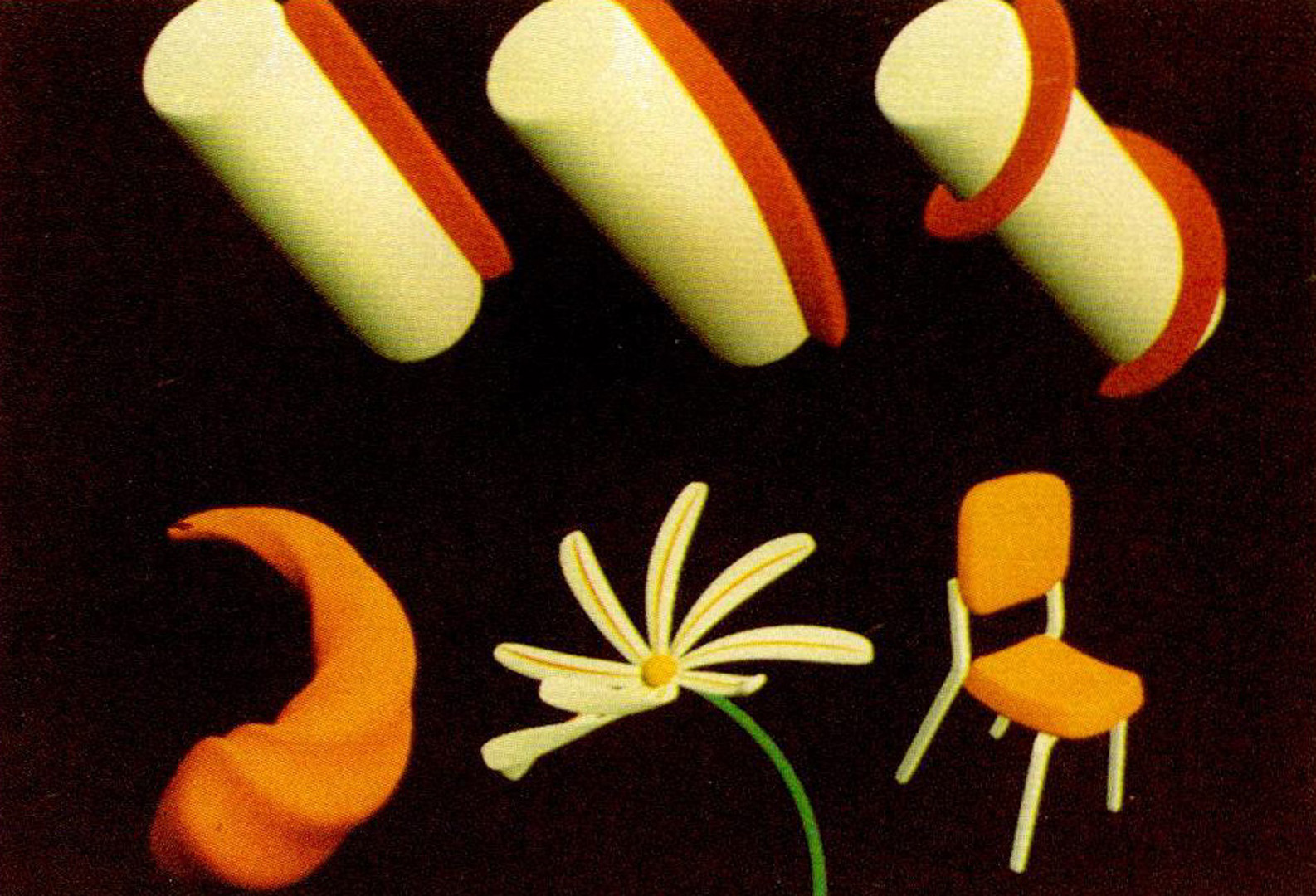“Global and local deformations of solid primitives” by Barr
Conference:
Type(s):
Title:
- Global and local deformations of solid primitives
Presenter(s)/Author(s):
Abstract:
New hierarchical solid modeling operations are developed, which simulate twisting, bending, tapering, or similar transformations of geometric objects. The chief result is that the normal vector of an arbitrarily deformed smooth surface can be calculated directly from the surface normal vector of the undeformed surface and a transformation matrix. Deformations are easily combined in a hierarchical structure, creating complex objects from simpler ones. The position vectors and normal vectors in the simpler objects are used to calculate the position and normal vectors in the more complex forms; each level in the deformation hierarchy requires an additional matrix multiply for the normal vector calculation. Deformations are important and highly intuitive operations which ease the control and rendering of large families of three-dimensional geometric shapes.
References:
1. Acton, F.S., Numerical Methods that Work, Harper and Row, 1970.
2. Barr, A.H., “Superquadrics and Angle-Preserving Transformations,” IEEE Computer Graphics and Applications, Volume 1 number 1 1981.
3. Buck, R. C., Advanced Calculus, McGraw-Hill, 2nd edition, 1965
4. Faux, I.D., and M.J. Pratt, Computational Geometry for Design and Manufacture, Ellis Horwood Ltd., Wiley and Sons, 1979.
5. Franklin, W.R., and A.H. Barr, “Faster Calculation of Superquadric Shapes,” IEEE Computer Graphics and Applications, Volume 1 number 3, 1981.
6. Kajiya, J.T., “Ray Tracing Parametric Patches, ” SigGraph 82 Conference Proceedings, Computer Graphics, Volume 16, Number 3, 1982.
7. Segel, L.A., Mathematics Applied to Continuum Mechanics, Macmillan Publishing Co., 1977.
8. Solkolnikoff, I.S., Mathematical Theory of Elasticity, McGraw Hill, 1956.





